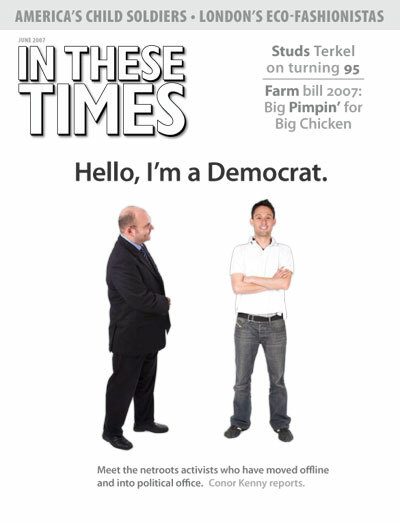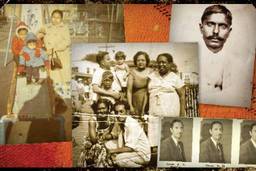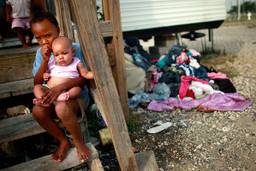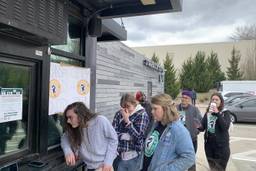NOLA: Priced Out of the Parade
Rising costs, lack of protection, threaten New Orleans’ traditional second line marches
Fatima Shaik
In 1875, at the sunset of Reconstruction in New Orleans, the members of a mutual assistance society called Société d’Economie traveled together to events ranging from funerals to picnics wearing decorated uniforms, carrying an American flag and swaying to a brass band. The club members wanted to display publicly that, despite the erosion of their civil rights, they were black men committed to each other, and still American citizens.
The neighborhood folk always followed in the spirit of this march. They waved handkerchiefs and sometimes carried umbrellas. The followers were called “the second line.” Their gestures and dancing movements originated in Africa, as the folklorist Alan Lomax showed in his film Feet Don’t Fail Me Now.
Today, this tradition of prideful marching followed by dancing revelers is threatened by higher costs for parading and no city regulations that protect the culture, according to Tamara Jackson, president of the New Orleans Social, Aid and Pleasure Club Task Force. The clubs recently survived a threat of extinction brought about by higher security fees that police imposed arbitrarily on local clubs. Fees were in some cases triple the pre-Katrina costs.
According to the New Orleans Times-Picayune, one club, the Original Pigeontown Steppers, whose name designates the neighborhood and the dance, was charged $1,200 pre-Katrina for police escorts. This year, police requested $7,500 before dropping the fee to $2,400.
Representing the task force, the ACLU challenged the price rises for permit fees in U.S. District Court. The police and the task force came to an agreement on April 25 that the standard cost for fees in the future would be $1,985 for five hours of security.
And the court ruled that the cost could not be raised for the 21 clubs that are members of the task force. But other clubs that weren’t parties in the suit will need to negotiate with the police on their own. A better step, she says, would be enacting legislation to protect and govern all neighborhood clubs similar to rules governing Mardi Gras organizations.
The second line marches matter. The parades of the black clubs in all their regalia – ranging from yellow suits and carrying ostrich feather fans, to tuxedos and top hats – are among the last, tenuous threads binding native communities to local traditions.
Still, this year some clubs have postponed their parades. “Others were not as flamboyant. People kept it simple,” Jackson says.
The Young Men Olympians paraded in simple black and white outfits while the Men and Lady Buckjumpers were “blessed,” she says, because the outfits they planned to wear in 2005, the year Katrina struck, were saved. So they wore their lime green, leather army fatigues as usual.
A second line parade is a joyous occasion. “The community lives for it,” says Jackson. The march has taken on more importance since Katrina since locals now feel dismay over the pressures of daily life, she added.
Rents are high and finding a place to live in the city is difficult for many members of social clubs, which were the life-blood of the community. “Housing is still an issue,” says Jackson. “A lot of club members have been displaced and need help in order to maintain the future of this culture.” The task force is now getting government to work with clubs so that they are chartered as non-profits.
The clubs are also working to educate the community about their common traditions. The gestures in the second line dances date back to Africa. In New Orleans, the dances were documented in 1819 by Benjamin Latrobe in Congo Square where slaves came on Sundays. Their gatherings were shut down at various times, notably when the city authorities wanted more control. In 1893, the city renamed Congo Square to Beauregard Square in honor of the Confederate General.
But the children of slaves and free people of color continued to parade in organized clubs with names such as The Friends of Hope, Friends of Progress, Young Veterans and Perseverance. When they marched into the streets of New Orleans, they symbolized African-American pride under duress. That demonstration is as important now.








